Your cart is currently empty!
ARTI VISIVE | VISUAL ART
·
SIE7E_Episode 3
Co-production Istituto Italiano di Cultura di Madrid – Instabili Vaganti
A remote artistic collaboration between Instabili Vaganti – Beyond Borders Project – ITALY / Cross Border – SPAIN
Video direction Anna Dora Dorno
Performer Nicola Pianzola
With the participation of Raul Aguirre
Interview curated by Lucía Miranda
Music and sound Cristiano Alberghini – Riccardo Nanni – 7floor
Voice over Anna Dora Dorno – Raul Aguirre
Text taken from Letters to Theo – Vincent Van Gogh
Video recording Anna Dora Dorno ITALIA; Javier Burgos – ESPAÑA
Locations Valsamoggia – ITALIA; Finca El Colegio, Camarma de Esteruelas – ESPAÑA
Video editing & Post-production: Anna Dora Dorno, Nicola Pianzola
Visual Arts is the third episode of the web video series SIE7E, a work that aims to explore, through the remote collaboration of Italian and Spanish artists, the various expressions of visual arts—from painting to digital arts in general—in order to reveal the healing and redemptive power of the arts and their intrinsic cathartic function. The episode highlights the constant search for beauty and the ability of art to generate a poetic universe, especially during the most challenging historical periods.
A tribute to painting through the words of Van Gogh, it was filmed in a sunflower field and features a reading of a passage from the collection Letters to Theo, written by the Dutch painter whose art has always been seen as poised between creation and madness. This episode features a collaboration with the Spanish collective Cross Border and director Lucía Miranda, who interviews Raúl Aguirre, a gardener and illustrator with intellectual functional diversity. From Raúl’s artistic work came the birth of La Cabeza del Rinoceronte, a publishing house that defends the idea of diversity and the right to be different. A contagious vital hymn shared across artistic disciplines, capable of transcending differences in language, race, religion, and gender to create a universal emotional language.
The video was created by the artistic duo Instabili Vaganti, with the collaboration of the composer Riccardo Nanni. The episode was made even more special through the collaboration with Raúl Aguirre, directed by Lucía Miranda.
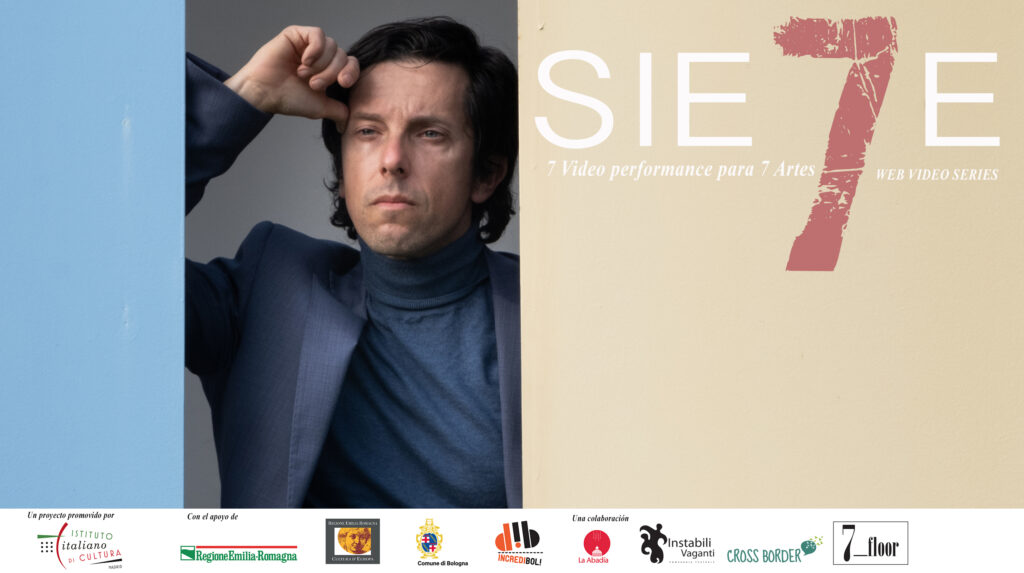
Visual Art is the third episode of the web series SIE7E, a project that aims to explore the various expressions of arts through the long-distance collaboration of Italian and Spanish artists. Its goal is to convey the redemptive and salvific power of art and its intrinsic cathartic function, highlighting its constant pursuit of beauty and its ability to create a poetic universe. Furthermore, the work reflects the difficult historical moment we all experienced during COVID-19, not only in contemporary theater and dance but also in society as a whole.
Related contents
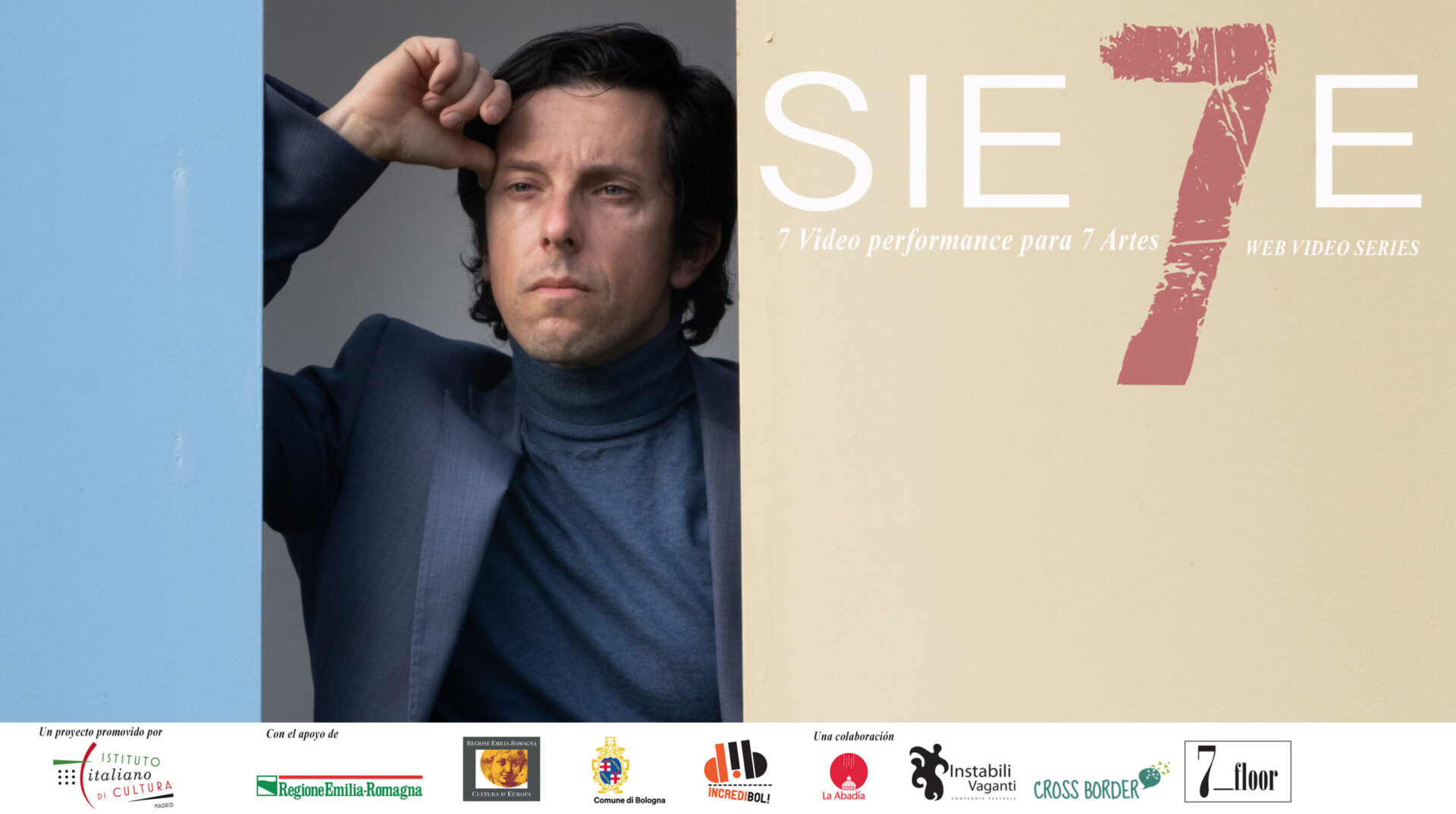
SIE7E
webserie
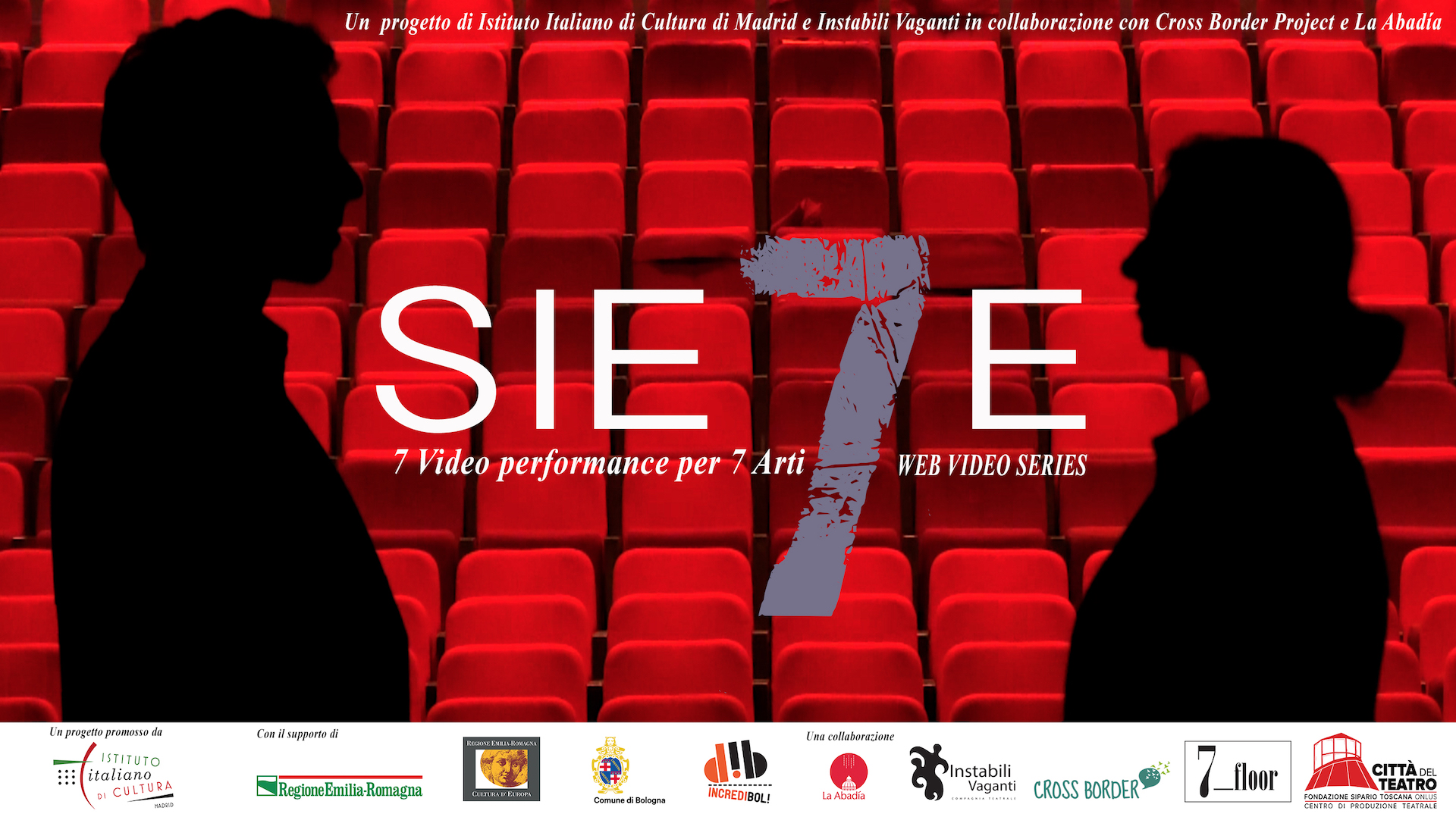
TEATRO | THEATRE
webserie
theatre
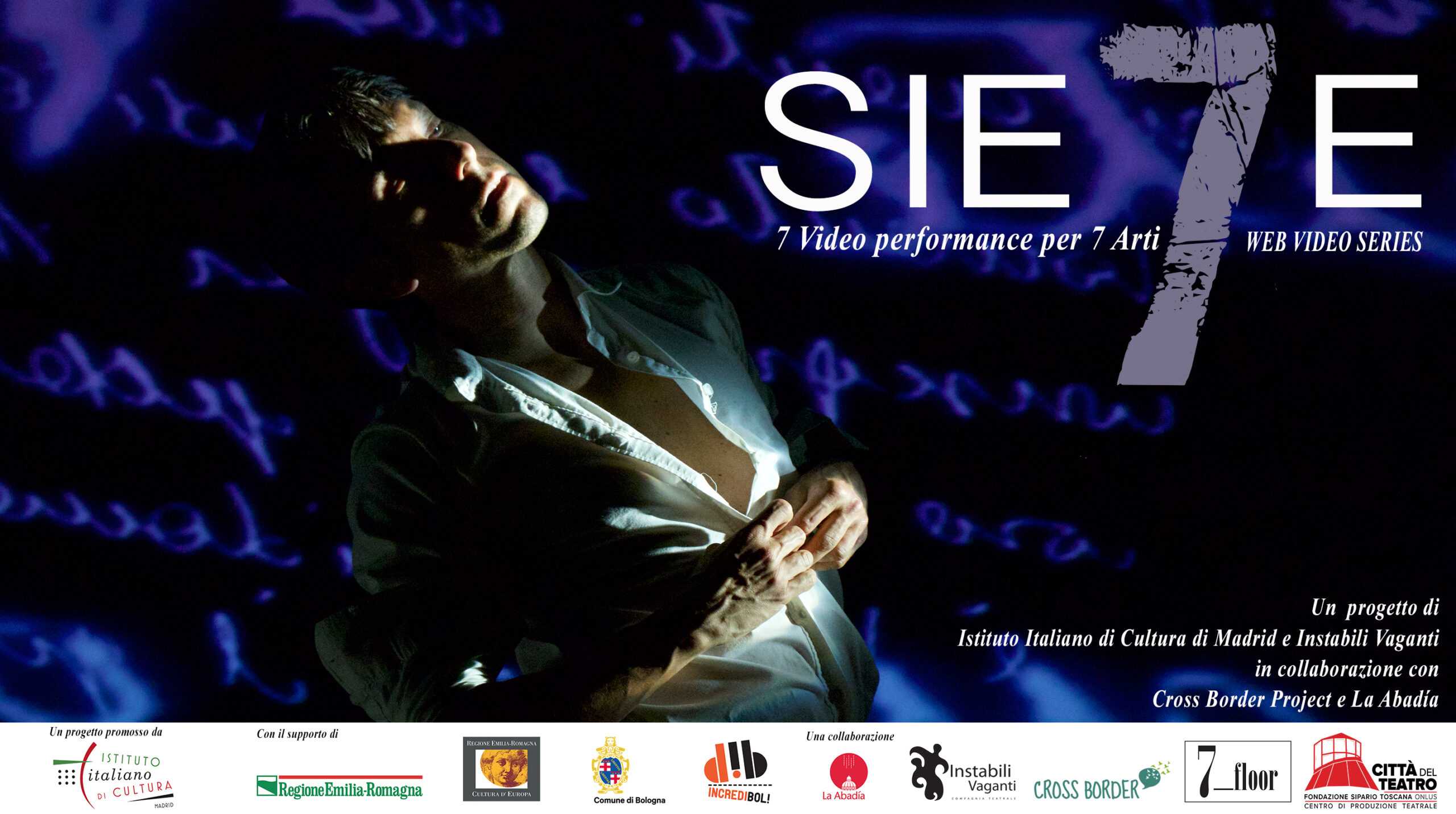
POESIA | POETRY
webserie
theatre
videoperformance
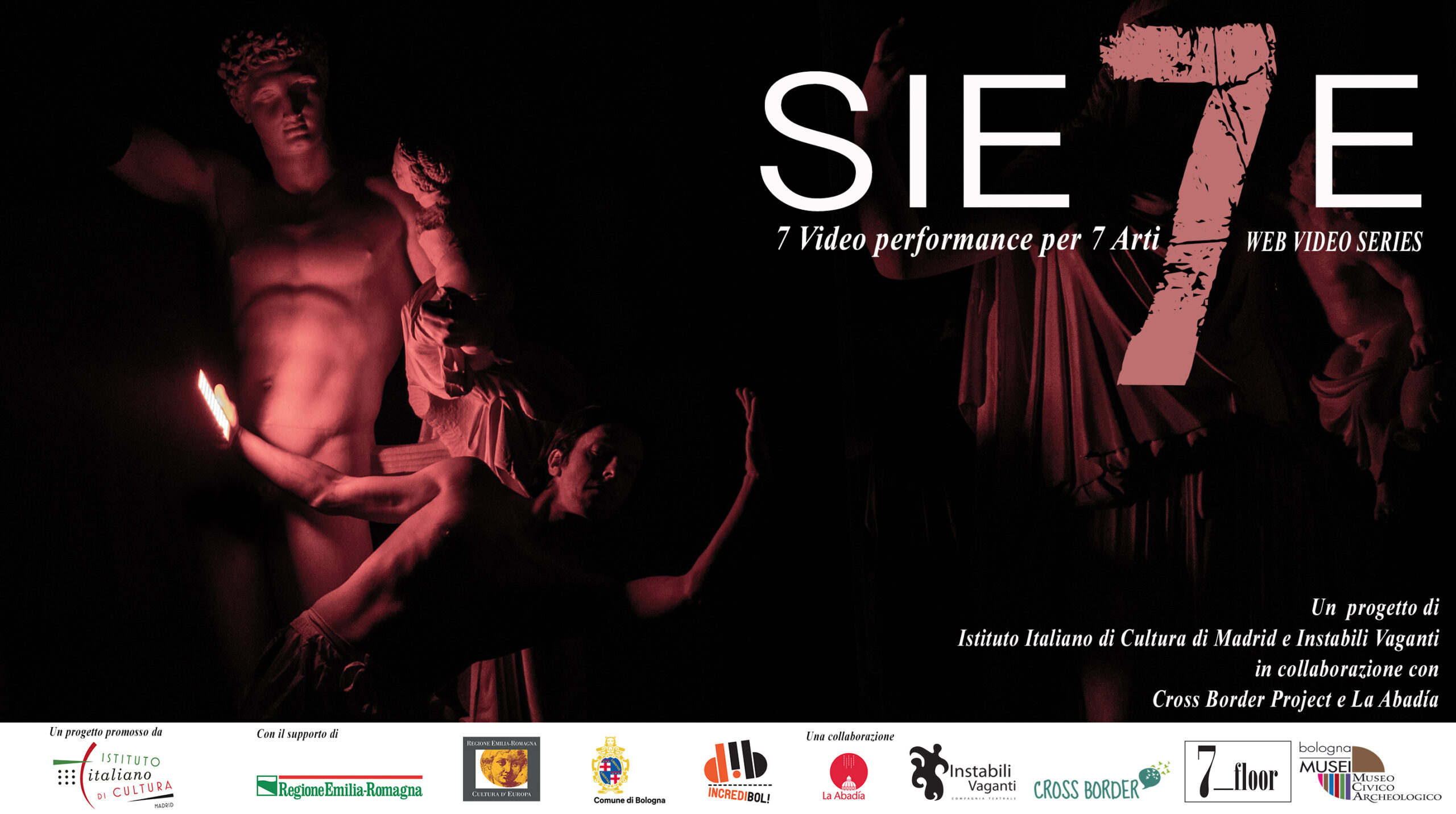
SCULTURA | SCULPTURE
webserie
videoperformance
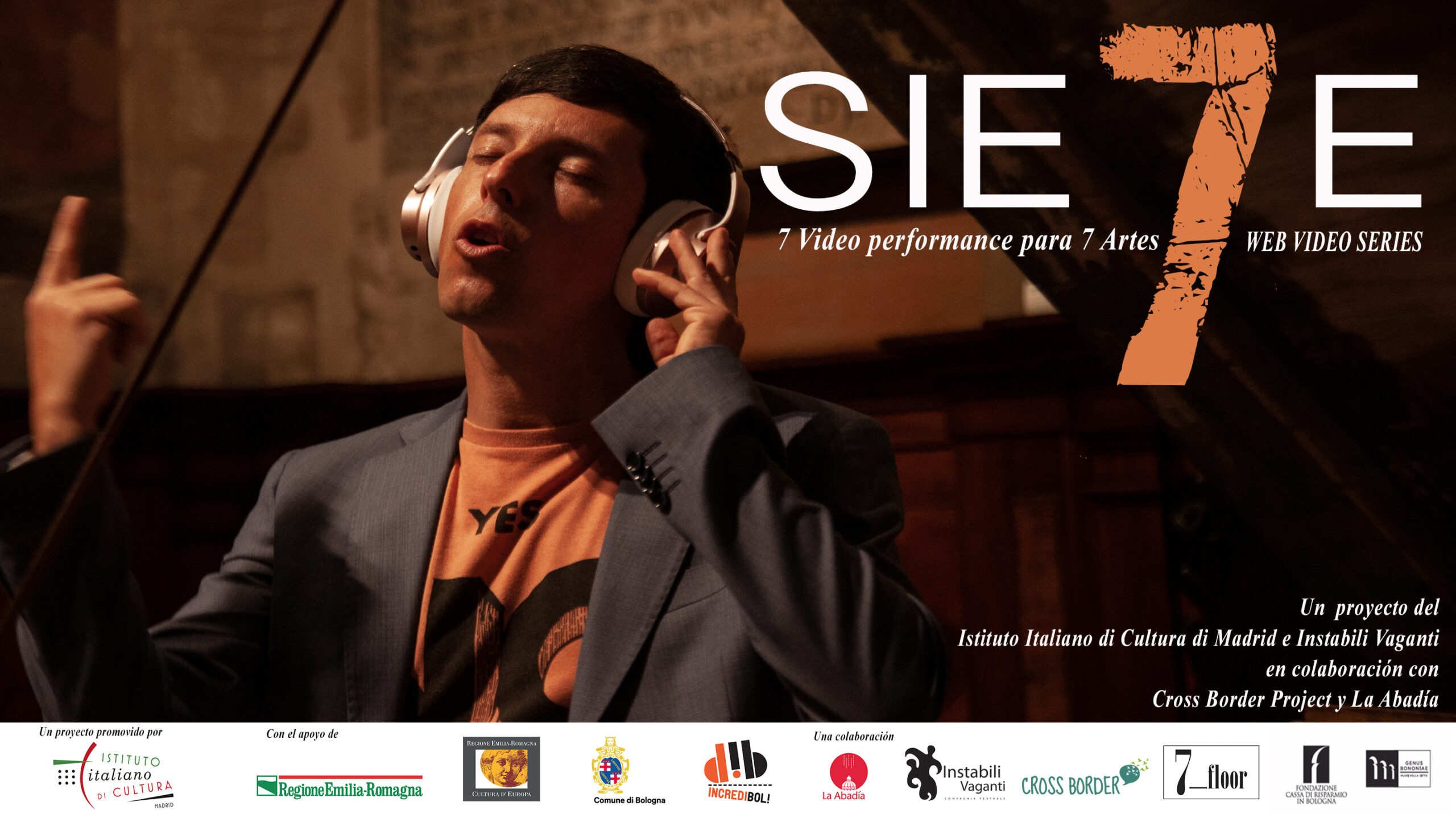
MUSICA | MUSIC
webserie
Music
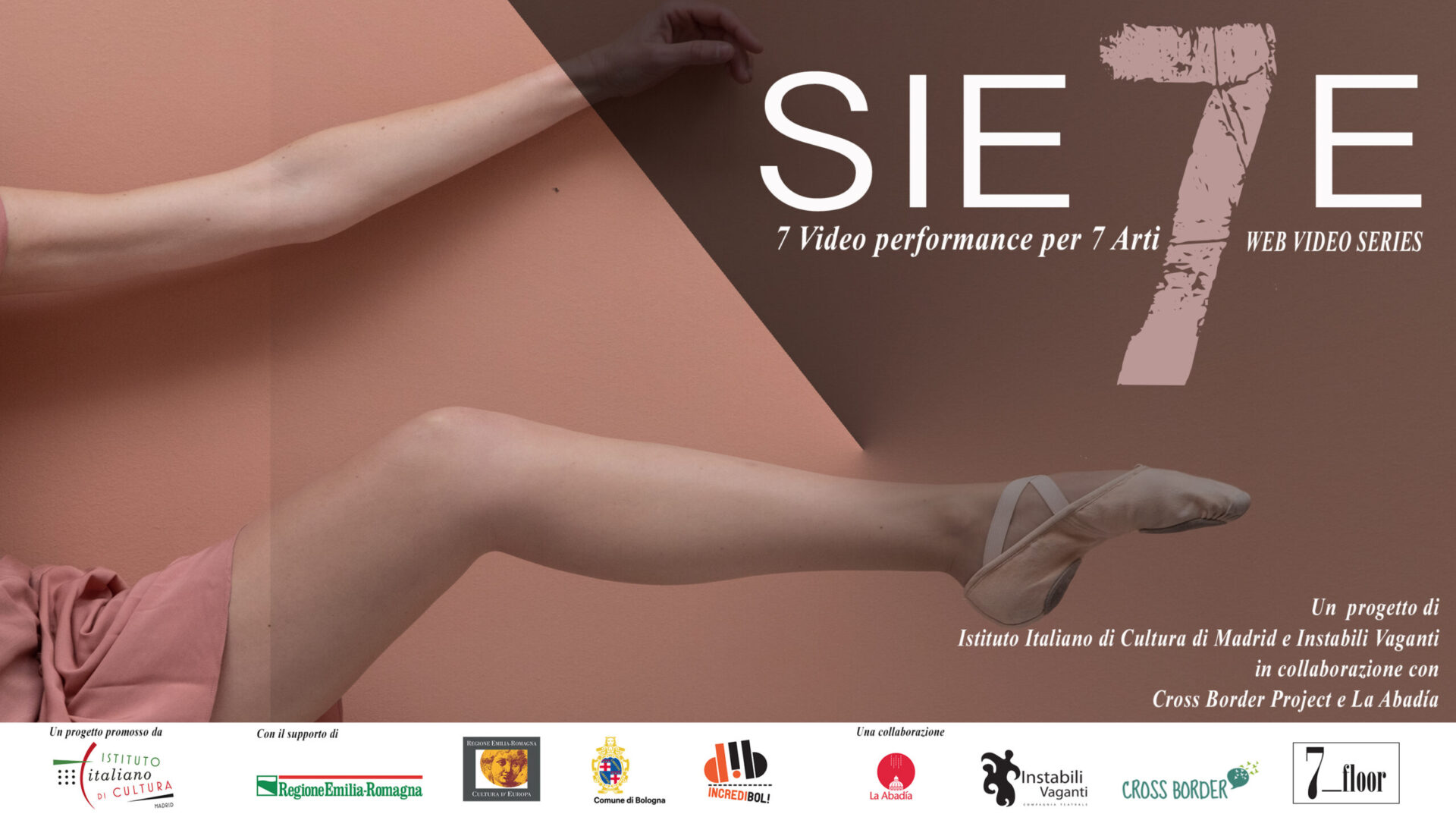
DANZA | DANCE
webserie
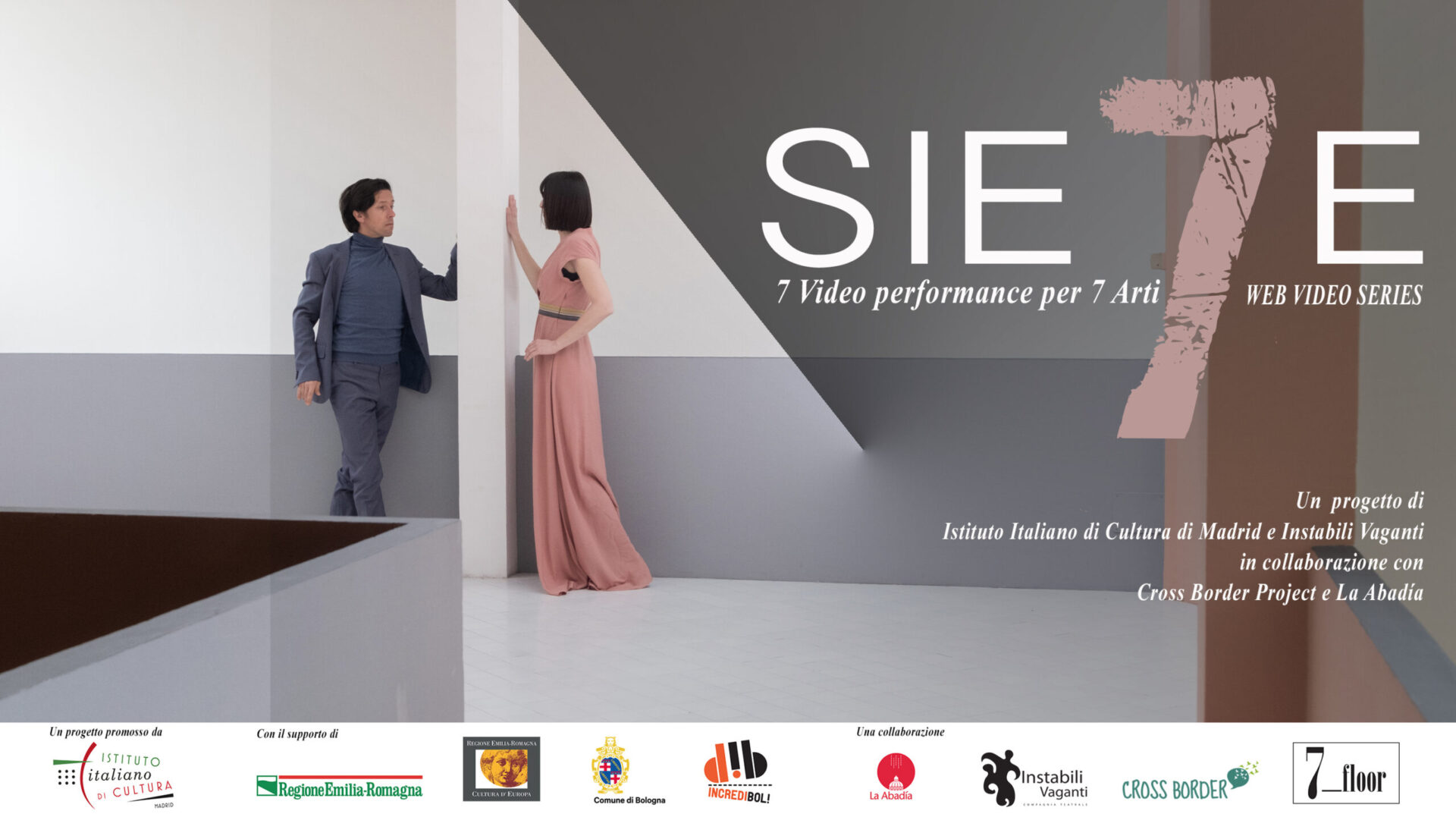
ARCHITECTURE | ARCHITETTURA
webserie
theatre
